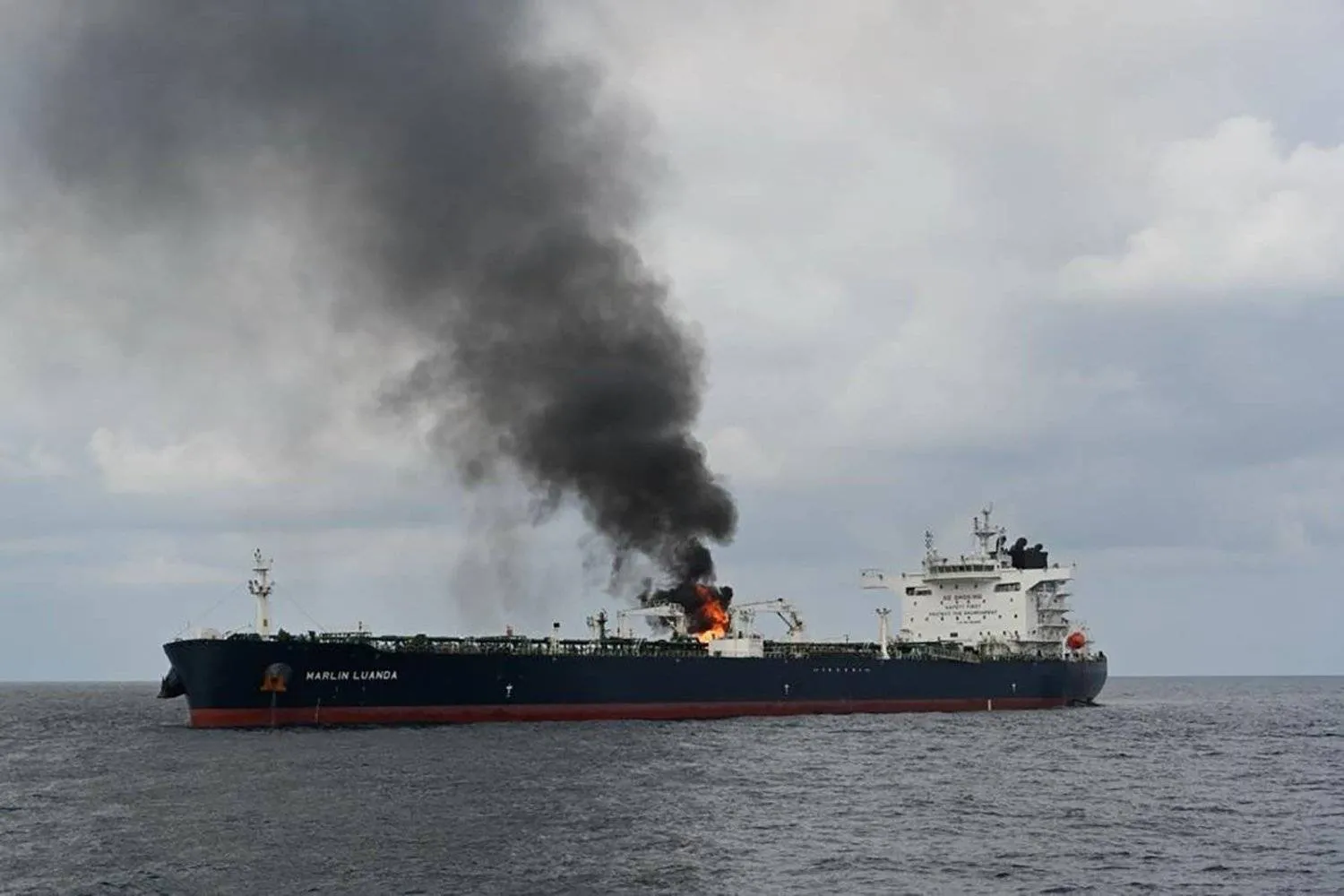The World Bank warned of a global crisis in supply chains if attacks by the Iran-backed Houthi militias on vessels in the Red Sea continued for an additional three months, saying it would be a crisis similar to the one the world experienced during the coronavirus pandemic.
In its report on the rerouting of ships from the Suez Canal and fears of a new supply chain crisis, the World Bank confirmed that the global container shipping industry will likely absorb the shock to capacity caused by attacks because demand is generally soft in January and February.
However, should the attacks persist into March and April, when global trade experiences a seasonal rebound, capacity constraints could trigger a supply chain crisis like the one in 2021-22.
The crisis happened when container shipping proved unable to support the rebound of international trade starting in late 2020.
The World Bank recalled the COVID-19-related closures and staff shortages at ports kept ships waiting days or weeks to unload their cargo, resulting in fewer ships being available to move goods.
The report indicated that competition for slots on ships sent on-the-spot shipping rates soared; the increase was eightfold on routes between Asia and Europe or North America compared with 2019.
The source of supply-chain stress differs today, but the outcome could be similar.
Longer distance and more fees
According to the World Bank, major freight carriers, including Maersk and Hapag-Lloyd, have suspended operations through the Suez Canal to avoid the Red Sea and are rerouting vessels around the Cape of Good Hope, adding 3,000 to 3,500 nautical miles and seven to ten days to a typical trip between Europe and Asia.
The extra distance could absorb from 700,000 to 1.9 million standard containers of shipping capacity, depending on the estimate.
The higher number is comparable to the stalled capacity of 2021 at the peak of the COVID-related crisis, as measured by the World Bank’s Global Supply Chain Stress Index.
The additional costs of the trip around the Cape of Good Hope, including up to $1 million in fuel for every round trip, are reflected in higher shipping rates.
Maersk is adding a “transit disruption surcharge” of $200 per TEU to books (both contractual and spot) for trips between East Asia, Northern Europe, the Mediterranean Sea, and the US East Coast. That’s on top of a “peak season surcharge” of $300 and $1,000 per TEU.
According to the report, the Mediterranean Shipping Company (MSC), another global container shipping company, announced it would impose a “contingency adjustment charge” of $500 per TEU on shipments from Europe to Asia and the Middle East.
Spot rates have risen even more. The rate for a journey from Asia to Europe has jumped to over $3,000 per 40-foot container, a threefold increase over the lowest rate in 2023 (about $1,000).
The World Bank said this could mean that Asian exporters again compete for available shipping slots in anticipation of significant supply chain disruptions.
Fortunately, it added that January and February are seasonally quiet for freight, so the current capacity may be enough to handle the longer route in the coming weeks.
But naval attacks lasting into March could again significantly impact global trade and GVCs.









